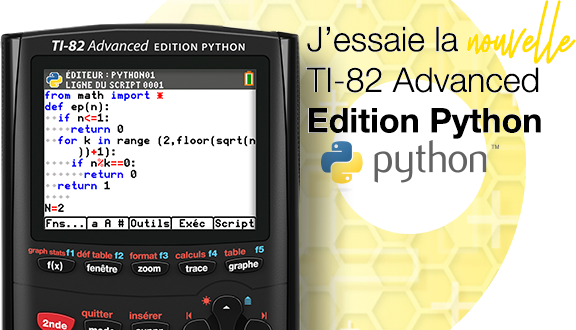EquivelantCrackCOD
DownloadTélécharger
Actions
Vote :
ScreenshotAperçu

Informations
Catégorie :Category: nCreator TI-Nspire
Auteur Author: tonystrike
Type : Classeur 3.0.1
Page(s) : 1
Taille Size: 1.47 Ko KB
Mis en ligne Uploaded: 01/07/2025 - 15:02:46
Uploadeur Uploader: tonystrike (Profil)
Téléchargements Downloads: 1
Visibilité Visibility: Archive publique
Shortlink : https://tipla.net/a4771283
Type : Classeur 3.0.1
Page(s) : 1
Taille Size: 1.47 Ko KB
Mis en ligne Uploaded: 01/07/2025 - 15:02:46
Uploadeur Uploader: tonystrike (Profil)
Téléchargements Downloads: 1
Visibilité Visibility: Archive publique
Shortlink : https://tipla.net/a4771283
Description
Fichier Nspire généré sur TI-Planet.org.
Compatible OS 3.0 et ultérieurs.
<<
Using the concept of equivalent crack explain how you can relate the crack opening displacement (COD) with the stress intensity factor. The equivalent elastic crack (or effective crack) states that in the presence of plasticity (but small-scale plasticity), the crack behaves as if it were longer, i.e., a_eff = a + r_y where r_y represents the radius of the plasticity zone: XX The CTOD is then obtained by calculating the crack displacement at the distance r_y fromthe effective crack tip: ´=2*u_y (r=r_y) This holds the following relation between the CTOD and the stress intensity factor: XX This relation between the CTOD and K is valid only for small scale yielding. For moreconsiderable plasticity we need to resort to EPFM considerations. Made with nCreator - tiplanet.org
>>
Compatible OS 3.0 et ultérieurs.
<<
Using the concept of equivalent crack explain how you can relate the crack opening displacement (COD) with the stress intensity factor. The equivalent elastic crack (or effective crack) states that in the presence of plasticity (but small-scale plasticity), the crack behaves as if it were longer, i.e., a_eff = a + r_y where r_y represents the radius of the plasticity zone: XX The CTOD is then obtained by calculating the crack displacement at the distance r_y fromthe effective crack tip: ´=2*u_y (r=r_y) This holds the following relation between the CTOD and the stress intensity factor: XX This relation between the CTOD and K is valid only for small scale yielding. For moreconsiderable plasticity we need to resort to EPFM considerations. Made with nCreator - tiplanet.org
>>












